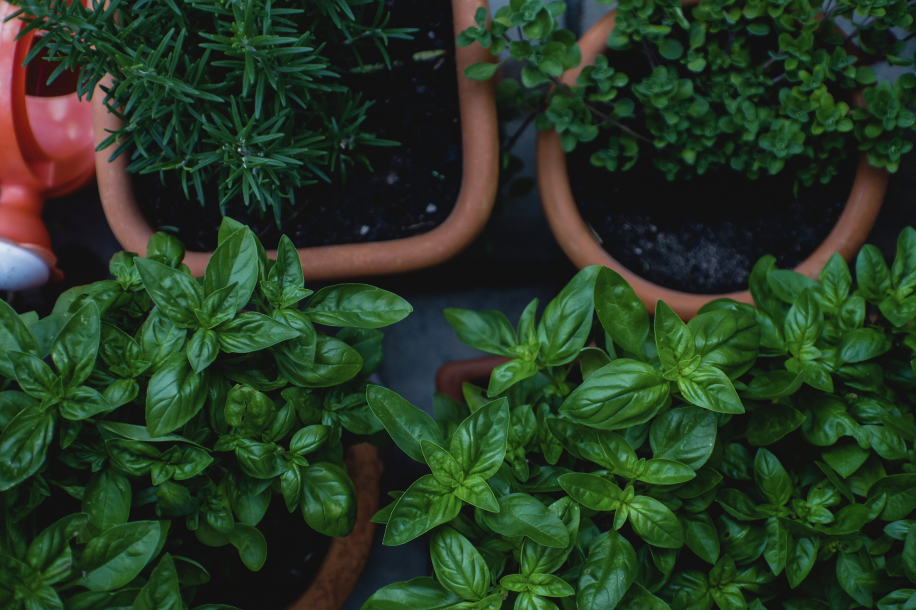May 29th is National Learn About Composting Day! To celebrate, we’re breaking down the composting process into easy steps that you can replicate at home.
What Is Compost?
Compost comes from organic materials that have been broken down to form a rich, dark material. This material, called compost, boosts soil’s ability to grow plants. Hence the name “Gardener’s Gold.”
How Is Compost Made?
Four factors help turn organic material into compost. These factors are:
- Heat
- Nutrient Mix
- Oxygen
- Moisture
These four elements work together to create an environment in which organic breakdown can occur. Carbon and nitrogen are the main “ingredients” a gardener needs to add to create compost successfully. The idea ratio is something like 25:1 carbon to nitrogen, so for every twenty-five or thirty pounds of carbon, you should be adding a pound of nitrogen.
Materials rich in carbon are called “brown” while materials rich in nitrogen are called “green.” Keeping the appropriate ratio keeps your compost from decaying too quickly or too slowly.
Here’s a list of green and brown compost materials, so your compost stays perfectly balanced.
What Do I Add To My Compost Pile?
Not all materials should be included in your compost pile. Here’s an infographic for a quick reminder of what can and cannot be included in your compost.

Eggs shells, vegetables, fruits, coffee grounds, and tea are all great for your compost pile! Items you’ll want to avoid are meat and dairy products, as well as oils.
If you’re still not sure, here’s a comprehensive list of what not to include in your compost pile, and why!
What Are The Composting Methods?
There are two main methods of composting: hot composting and layer composting.
Hot composting creates one large batch of compost at the end of the process but requires more planning than the layer method. The process usually yields compost in two to three weeks. This article goes in-depth on how to hot compost at home.
The layering method is more suitable for small-scale gardens and is great if you have limited space. You just add scraps to the top of your bin, and the bottom of the bin continually produces fresh compost dirt. If you’d like to try this method, here are some more in-depth directions.
If you’d like to start composting at home, check out our blog post on learning how to make compost!
The information in this post has been adapted from the article “Composting 101: How to Compost for Beginners” from the Gardening Channel.

